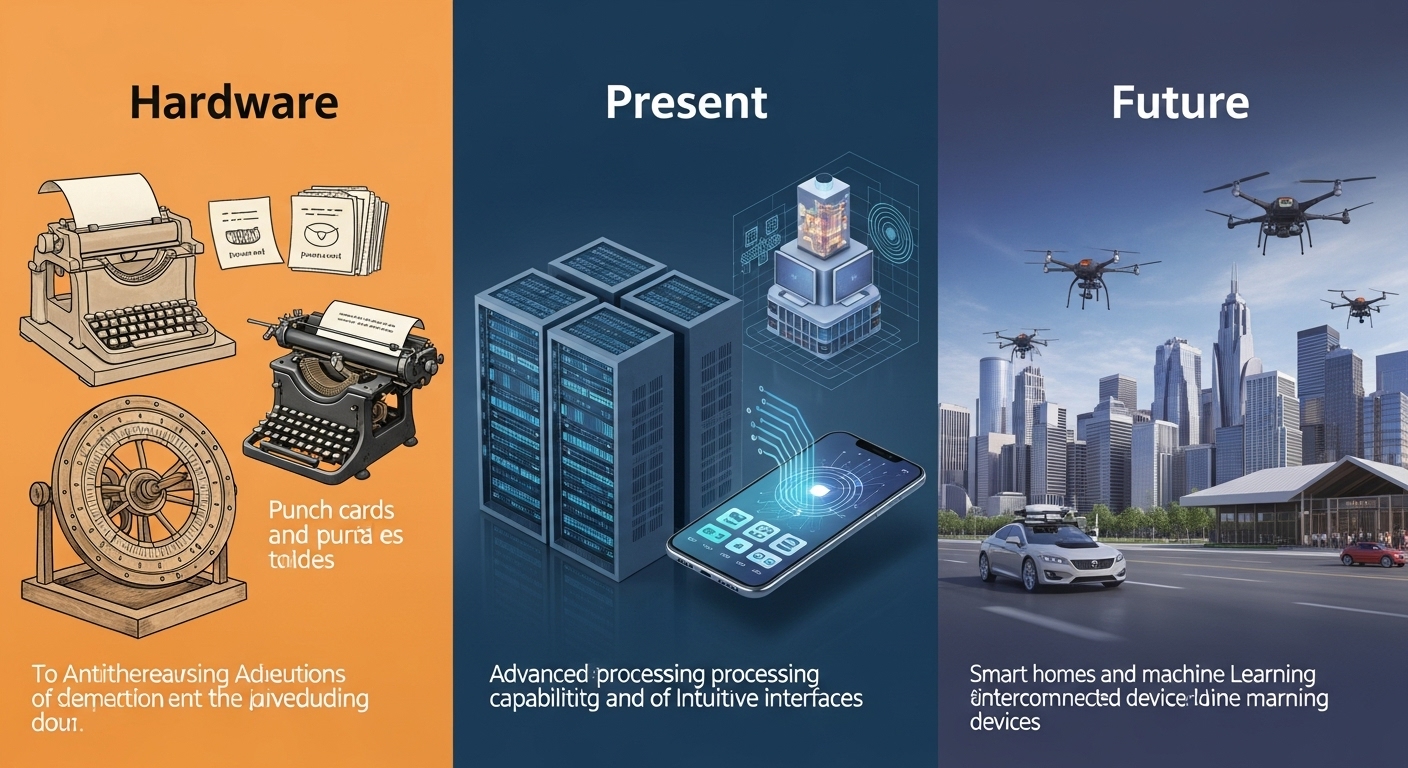**Hardware: The Backbone of Technology**
In today’s digital age, hardware plays a crucial role in our daily lives, powering the devices and systems we rely on for work, communication, entertainment, and more. From the humble beginnings of early mechanical computing devices to the cutting-edge technologies of today, hardware has evolved significantly, shaping the way we interact with the world around us. In this blog post, we will explore the history, significance, applications, and future trends of hardware.
**History of Hardware**
The history of hardware can be traced back to ancient times when simple tools and machines were used to perform basic tasks. Fast forward to the 20th century, and we see the emergence of electronic computing devices that laid the foundation for modern hardware technology. The invention of the transistor in the 1940s revolutionized the field of electronics, leading to the development of integrated circuits, microprocessors, and other essential hardware components that power today’s devices.
**Significance of Hardware**
Hardware is the physical component of a computer system that enables it to perform tasks and execute instructions. Without hardware, software would be useless, as it relies on the underlying hardware to function. From smartphones and laptops to servers and supercomputers, hardware comes in various forms and sizes, each designed to meet specific needs and requirements. The significance of hardware lies in its ability to process data, store information, and facilitate communication, making it an indispensable part of modern technology.
**Applications of Hardware**
Hardware finds applications in a wide range of industries and sectors, driving innovation and progress in areas such as healthcare, transportation, finance, and entertainment. In healthcare, hardware devices like MRI machines and pacemakers help diagnose and treat patients, while in transportation, hardware systems control traffic lights and monitor vehicle movements to ensure safety and efficiency. From ATMs and POS terminals to gaming consoles and smart home devices, hardware is everywhere, shaping the way we live and work.
**Future Trends in Hardware**
As technology continues to advance at a rapid pace, the future of hardware looks promising with exciting developments on the horizon. Emerging trends such as quantum computing, artificial intelligence, and Internet of Things (IoT) are pushing the boundaries of what is possible with hardware. Quantum computers promise to revolutionize computing by leveraging quantum mechanics to solve complex problems that are beyond the reach of traditional computers. AI-powered hardware systems are becoming more prevalent, enabling intelligent automation and decision-making capabilities. IoT devices are connecting the physical world to the digital realm, creating a seamless and interconnected ecosystem of smart devices and sensors.
**Conclusion**
In conclusion, hardware is the backbone of technology, driving innovation and progress in our increasingly digital world. From its humble beginnings to the sophisticated systems of today, hardware has come a long way, transforming the way we live, work, and play. As we look to the future, the evolution of hardware will continue to shape the way we interact with technology, opening up new possibilities and opportunities for growth and development. In a world where technology plays an ever-expanding role in our lives, hardware remains a fundamental component that powers the devices and systems we rely on every day.


